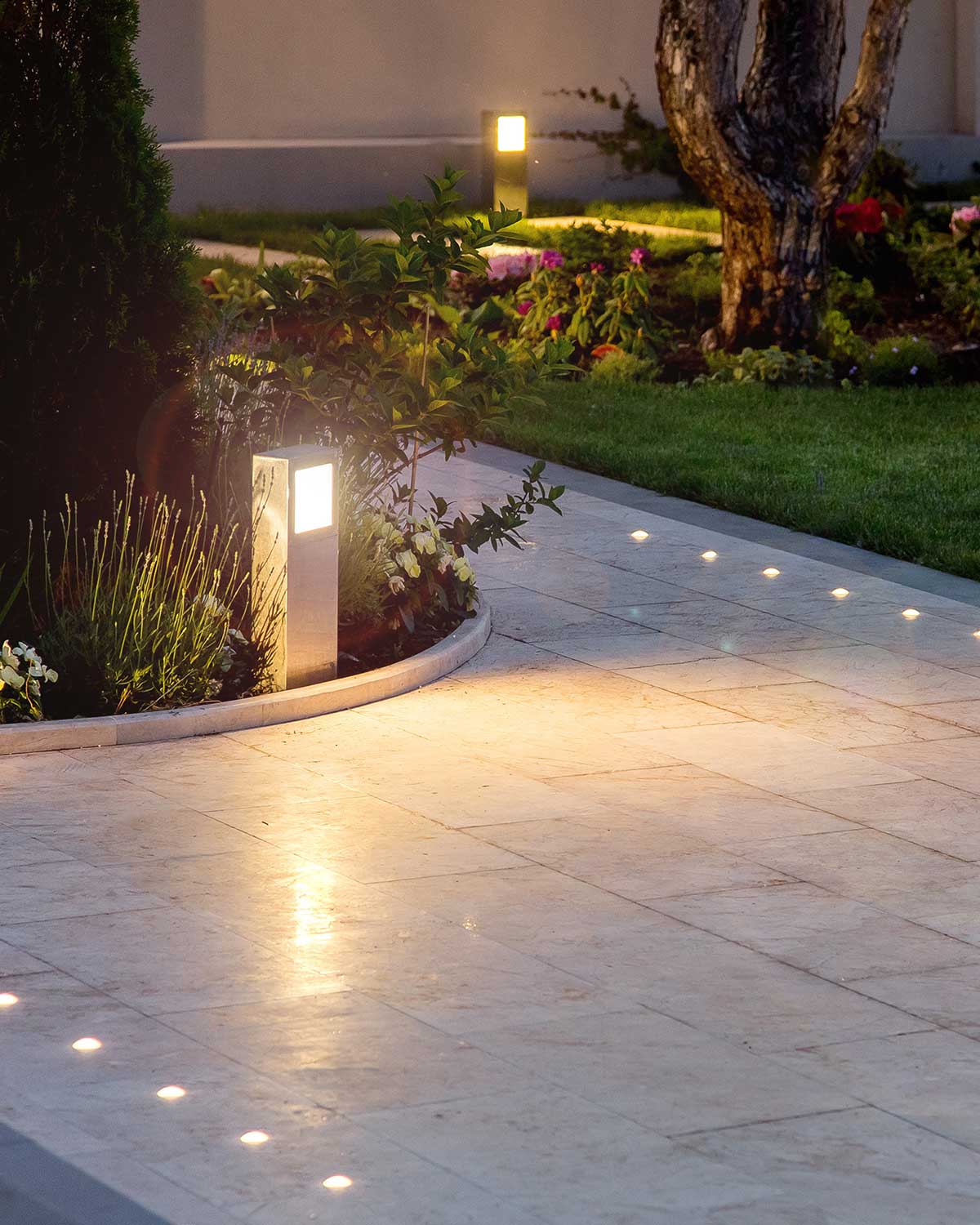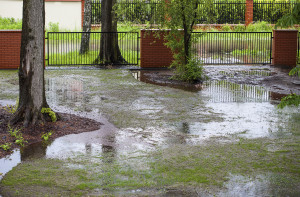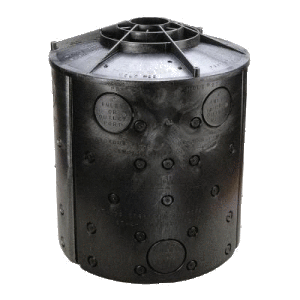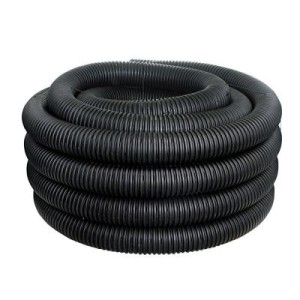Isn’t it great to look out into your backyard and see the beautifully manicured green grass and delicate gardens you love? Or, wait. All you see is water. Just water? Why is there so much water in your yard? Drainage problems can cause your backyard to flood, ruining grass and gardens, outdoor living spaces, and leave your backyard unusable. If you’ve got a swampy backyard, there are some simple things that you can do to fix it. Find out more below!
What are backyard drainage issues?
While some backyard drainage issues are easy to spot, others involve some investigation. When trying to determine if your yard has drainage issues, you should look for:
- large puddles of pooling or standing water
- excessively soggy spots in your yard
- random overgrown patches of grass
- divet and fissure formation indicating soil erosion
- water pooling underneath downspouts
- water stains on the foundation of your home
What causes backyard drainage issues?
Many factors can cause backyard drainage issues, and the first step in fixing your drainage issues is finding out what is causing it. Some common causes of backyard drainage issues are:
- compacted soil (especially if your soil contains lots of clay)
- improper backyard grading and sloping
- poorly maintained eavestrough and downspouts
- improper installation of landscape features like a fence or deck
Once you’ve identified the causes of your backyard drainage issues, there are a few different solutions you can choose to use to address these issues. Some are pretty straightforward and can be DYI’d, but others will require professional intervention. Problems that require yard grading and sloping should be done by a professional. Still, other external factors like excess water due to poorly maintained eavestrough and downspouts should be easy enough to tackle yourself.
Some solutions for solving the drainage issue in your yard
Install a dry river bed – Moderate skill level
A drive river bed is a shallow ditch that follows the natural drainage path of your backyard. Dry beds are both beautiful and functional backyard features that help direct and disperse water away from your yard.
The bed will be lined with natural river rock and stone, stopping any erosion that might occur. Rounded edges will make the natural stone appear as if it is part of a natural waterway. Most of the stone should be a consistent size, at least two or three inches in diameter, but no more than about six inches. Several carefully placed larger stones can serve as accents or focal points.
When constructed by someone with an artistic eye, a dry river bed will appear to be natural and flowing, fitting into your yard as if it belongs there.
Create dry wells – Moderate skill level
Dry wells are underground catch-basins that store and disperse water deep underground. They are best used when your hard has a particular drainage problem area, especially close to the house or around downspouts.
The worse the drainage problem, the larger the hole needs to be.
Most importantly, a dry well should be deep enough that water can drain into a subsurface layer of soil with good drainage characteristics.
A dry well will function best at a low point in your yard.
The hole for the well should be lined with landscape filter fabric and filled with gravel. After the filter fabric is folded over the top of the gravel, decorative stone or river rock can be placed on top.
A good lawn care landscaper can integrate this into your outdoor space so that it is hidden or adequately integrated in the design of the yard.
 Drain Pipe and Inlets – Easy skill level
Drain Pipe and Inlets – Easy skill level
A combination of drain pipe and inlets can be used to quickly move water away from wet areas.
Perforated drain pipe is also commonly used for drainage.
It should be surrounded by filter fabric and gravel in order to keep the pipe from clogging.
Depending on the severity of your drainage issue, a combination of methods could be most effective, such as perforated pipe underneath a dry river bed.
Adding some plant materials will make most drainage systems more attractive. Using native plants that can handle both dry and wet conditions gives the best results.
Getting help with water drainage issues in your yard
While there are definitely things you can do to address drainage issues yourself, depending on the severity of water pooling it will be worth consulting with a landscape design professional experienced in grading and drainage.
A landscape architect or landscape designer will be able to come up with a creative solution to turn your backyard flooding nightmare into an attractive feature that becomes an integral part of your landscape.

Need inspiration?
When you start to think about designing the perfect yard, deck, patio or backyard oasis, it can be helpful to have some solid ideas of what you want to achieve. We can help with that.



 Drain Pipe and Inlets – Easy skill level
Drain Pipe and Inlets – Easy skill level